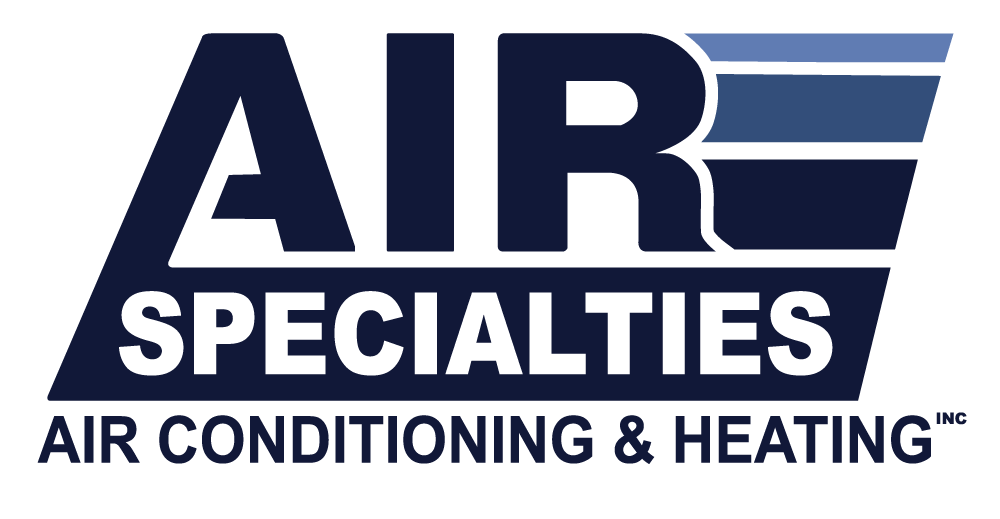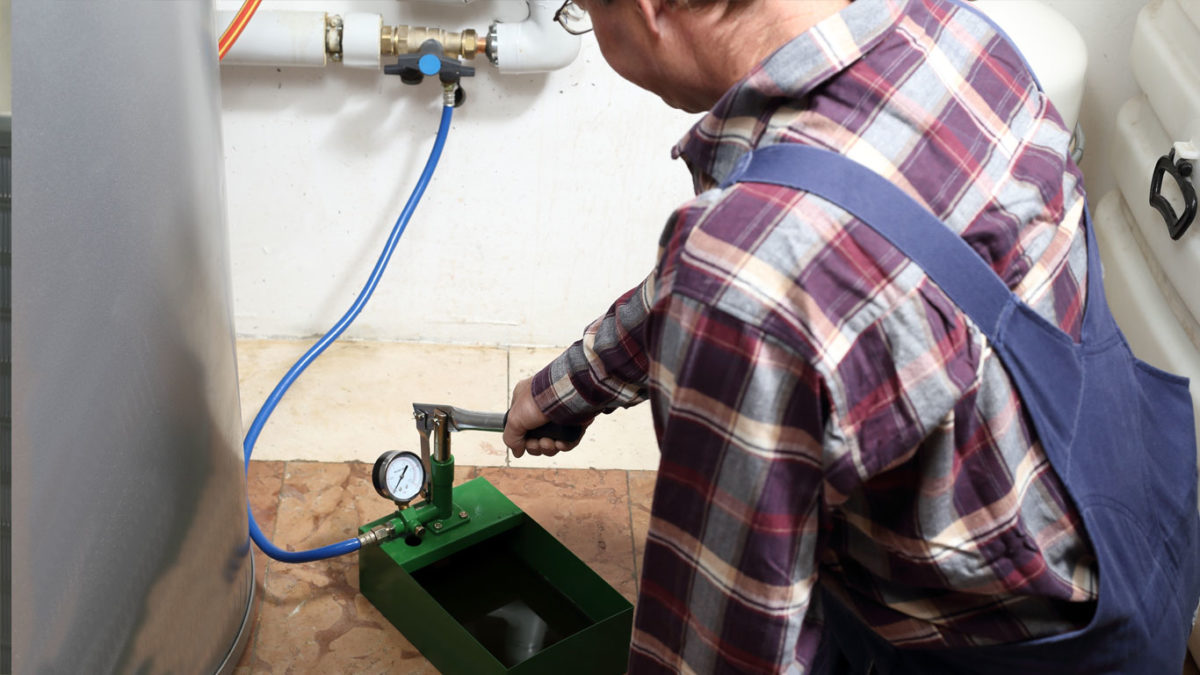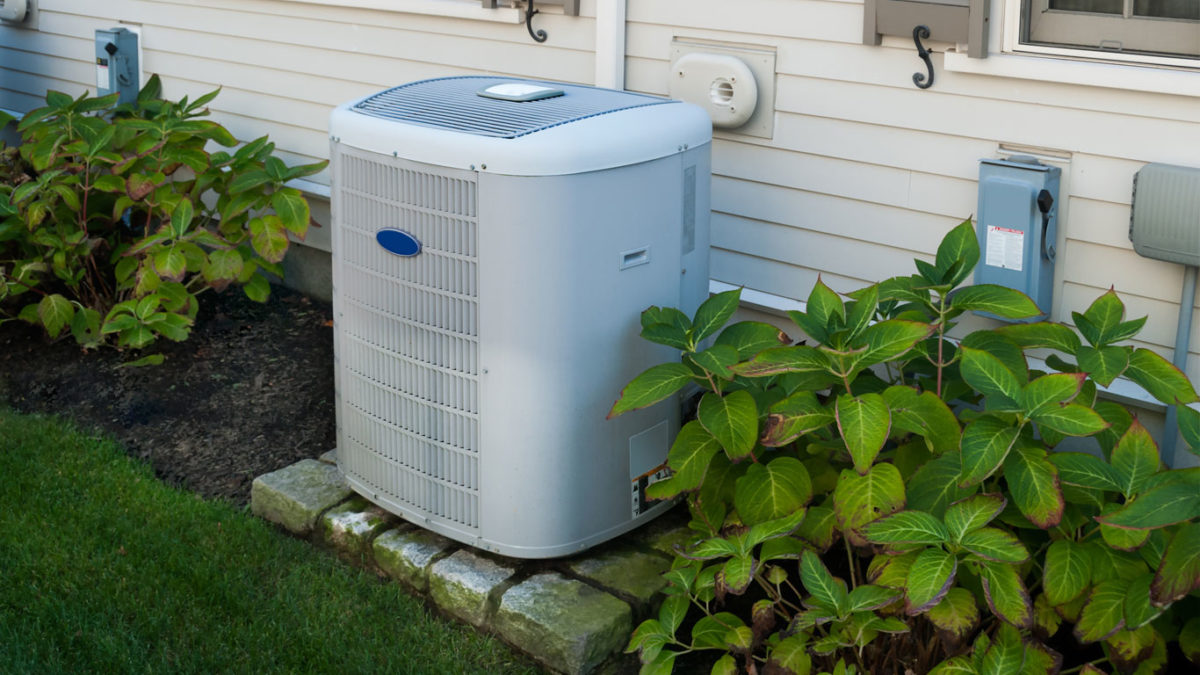Heat pumps are becoming the preferred heating and cooling system amongst many of our customers in West Haven, CT, and the surrounding region.
Heat pumps are becoming the preferred heating and cooling system amongst many of our customers in the West Haven, CT, area. Ductless heat pumps, also known as mini-split heat pumps, are comprised of two main parts: the outdoor unit and indoor unit. In the winter, the outdoor unit extracts heat from the outside environment and vents it through the indoor unit to heat your home. In the summer, the process is reversed, with the indoor unit extracting heat from inside the house and transferring it outside.
Advantages of a Ductless Mini-Split System
Temperature Zoning
Without the help of a smart thermostat, conventional heating methods distribute heat uniformly throughout the household. The most significant advantage of owning a ductless mini-split is that it allows for temperature zoning, or the ability to heat rooms to different temperatures. This is not only convenient for making your home comfortable for all family members, but it also helps you save money on your monthly energy bills.
Energy Efficiency
Ductless mini-splits are one of the more energy-efficient appliances on the market. Regular heaters, such as furnaces and boilers, require ducts to circulate air throughout the house. Due to cracks and gaps in the ductwork, these traditional heaters will lose warm air and have to produce more in order to reach the temperature set by the thermostat. Because these heat pumps are ductless, they move air directly between the outdoor and indoor units.
Big Money Savings
Ductless heat pumps were invented to be high-performance systems, which can contribute to overall cost savings for homeowners. When heat is only distributed to occupied rooms, as opposed to the whole house, homeowners will only have to pay for the heat they’re using. Families that choose to install heat pumps over a traditional heater may also be eligible for tax credits or utility rebates if these savings are available in their states.
Easy Installation
Heat pumps are one of the easiest heating systems to install. Due to their small size and non-invasive nature, our highly-qualified technicians can perform a heat pump installation in a matter of hours. Unlike boilers or furnaces which require pre-installed ductwork through conventional gas furnace services, available in New Haven County and all local areas, mini-split heaters are perfect for buildings with no existing ductwork because they don’t require ducts to circulate airflow.
Dual Heating and Cooling System
Ductless heat pumps are the only system available that allows for both heating and cooling. This is possible through the heater’s internal components, which have the ability to capture heat in the air. Traditional heaters heat up the air before distributing it throughout the household using a venting system, whereas ductless heat pumps move heat from one area to another.
Contact an Air Specialties specialist for all your heating needs this winter, whether you’re looking for heat pump installations or gas furnace repair services in New Haven County and all surrounding areas. With over 60 years of experience serving residents of West Haven, CT, we aim to provide the best local professional services.





